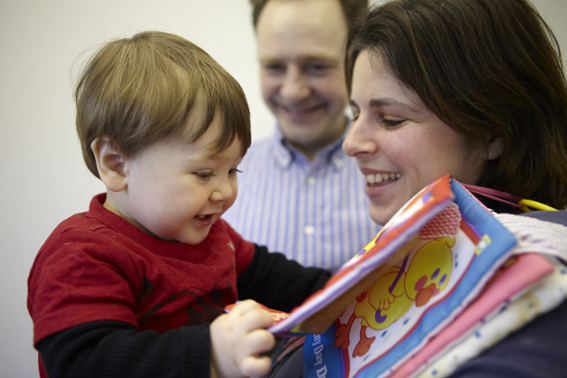A secure base is at the heart of any successful caregiving environment - whether within the birth family, in foster care, residential care or adoption.
A secure base is provided through a relationship with one or more caregivers who offer a reliable base from which to explore and a safe haven for reassurance when there are difficulties. Thus a secure base promotes security, confidence, competence and resilience.
The Secure Base model has been developed through a range of research and practice dissemination projects led by Emeritus Professor Gillian Schofield and Dr Mary Beek in the Centre for Research on Children and Families at the University of East Anglia, UK.
The Secure Base model was recommended in the Government White Paper, Care Matters (2007) as a basis for training foster carers and was subsequently incorporated in the Skills to Foster preparation programme, produced by the Fostering Network. It has been implemented in fostering, adoption and residential care in a range of local authorities and independent agencies across the UK. The model has also been the focus of practice development and training internationally, in countries such as Norway, Ireland, Spain, India and Australia. In addition, Mary Beek worked with partner agencies to enable the model to be implemented in support of the introduction of foster care as an alternative to residential care: for example, by Care for Children in China and Thailand and Care in Action in Ukraine.


The Secure Base model is drawn from attachment theory, and adapted to include an additional element, that of family membership, for children who are separated from their birth families. The model proposes five dimensions of caregiving, each of which is associated with a corresponding developmental benefit for the child. The dimensions overlap and combine with each other to create a secure base for the child, as represented below:

This Secure Base model provides a framework for building positive relationships and promoting security and resilience, not only in foster care, adoption and residential care, but also in schools, workplace teams and a range of diverse settings.

)